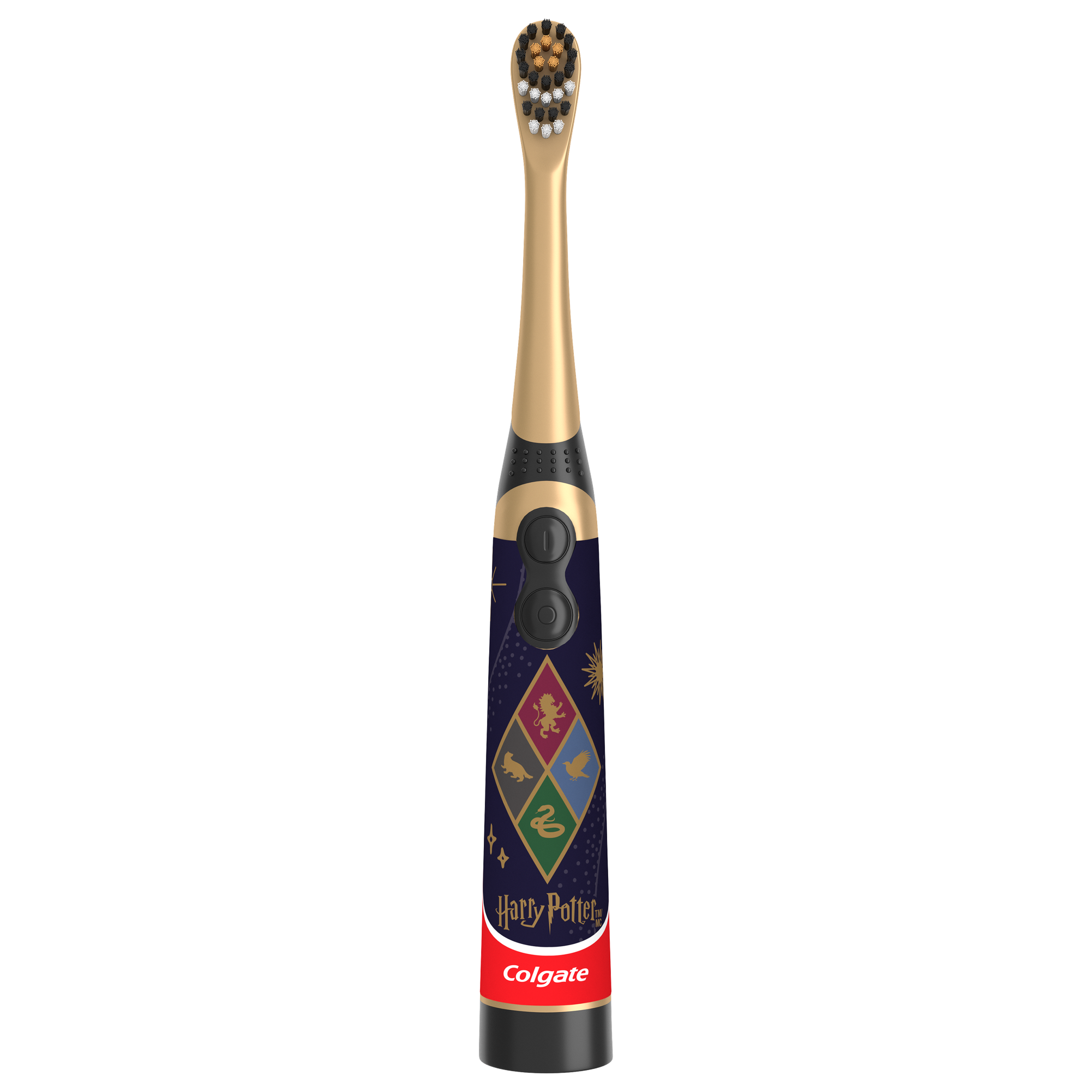What Are Supernumerary Teeth or Mesiodens?
A mesiodens tooth is an extra (also known as supernumerary) tooth that grows in some children’s mouths. This additional tooth most often appears between the top two front teeth and can disrupt your child’s bite alignment and the growth of surrounding teeth. Some parents might notice this condition as an extra baby tooth in their child’s mouth.
Additional teeth are known as hyperdontia, and mesiodens are a specific type of this condition. According to Radiopaedia, developing a mesiodens is rare and only affects about one percent of the population. Boys are more than twice as likely to develop this condition as girls.
Causes of a mesiodens are not yet fully understood but may include:
- Mouth or face trauma.
- An excess of dental lamina, a material found in a developing tooth.
- A growing tooth (also known as a tooth bud) splitting in two to create two teeth.
Factors that may increase your child’s chance of developing a mesiodens may include:
- Genetics.
- Cleft lip or palate.
- Fabry’s syndrome.
- Gardner's syndrome.
- Cherubism.
- Apert syndrome.
- Cleidocranial dysplasia.
- Crouzon disease.
Is an Extra Tooth Problematic?
The presence of additional teeth may profoundly impact other vital aspects of your child’s oral health. Treatment or removal of your child’s extra tooth may help prevent them from developing associated problems in the future or the need for orthodontic treatment.
Problems associated with untreated mesiodens may include:
- Improper bite alignment.
- Disrupted eruption of other primary (baby) or permanent (adult) teeth.
- Altered positions of surrounding teeth.
- Cysts.
Because the presence of additional teeth in your child’s mouth can lead to other problems, it’s best to seek diagnosis and treatment as soon as you can. Your child’s dental professional is well-equipped to navigate this condition and offer recommendations on the best path forward for your child’s health and happiness.
Treatment for Mesiodens: What Can I Do About Extra Teeth?
When diagnosing this condition and determining the proper treatment approach, your child’s dental professional will often employ radiographic imaging like panoramic X-rays.
Whether or not your child requires treatment will depend on:
- Their age and individual health history.
- The size and position of their mesiodens.
- The extent to which their mesiodens affect their other teeth and bite.
Typically, the treatment for problematic mesiodens will include surgical removal (also known as supernumerary teeth removal). To accomplish this, your child’s dental professional will likely use sedation to ensure your child is comfortable throughout the procedure.
Now that you understand mesiodens, you can take the necessary steps to prevent any associated problems for your child. Remember that your child’s dental professional is the go-to for a mesiodens and that they’re specially trained to put your child at ease for treatment. Book an appointment with them today to discuss the best plan of action.
Oral Care Center articles are reviewed by an oral health medical professional. This information is for educational purposes only. This content is not intended to be a substitute for professional medical advice, diagnosis or treatment. Always seek the advice of your dentist, physician or other qualified healthcare provider.
ORAL HEALTH QUIZ
What's behind your smile?
Take our Oral Health assessment to get the most from your oral care routine
ORAL HEALTH QUIZ
What's behind your smile?
Take our Oral Health assessment to get the most from your oral care routine















